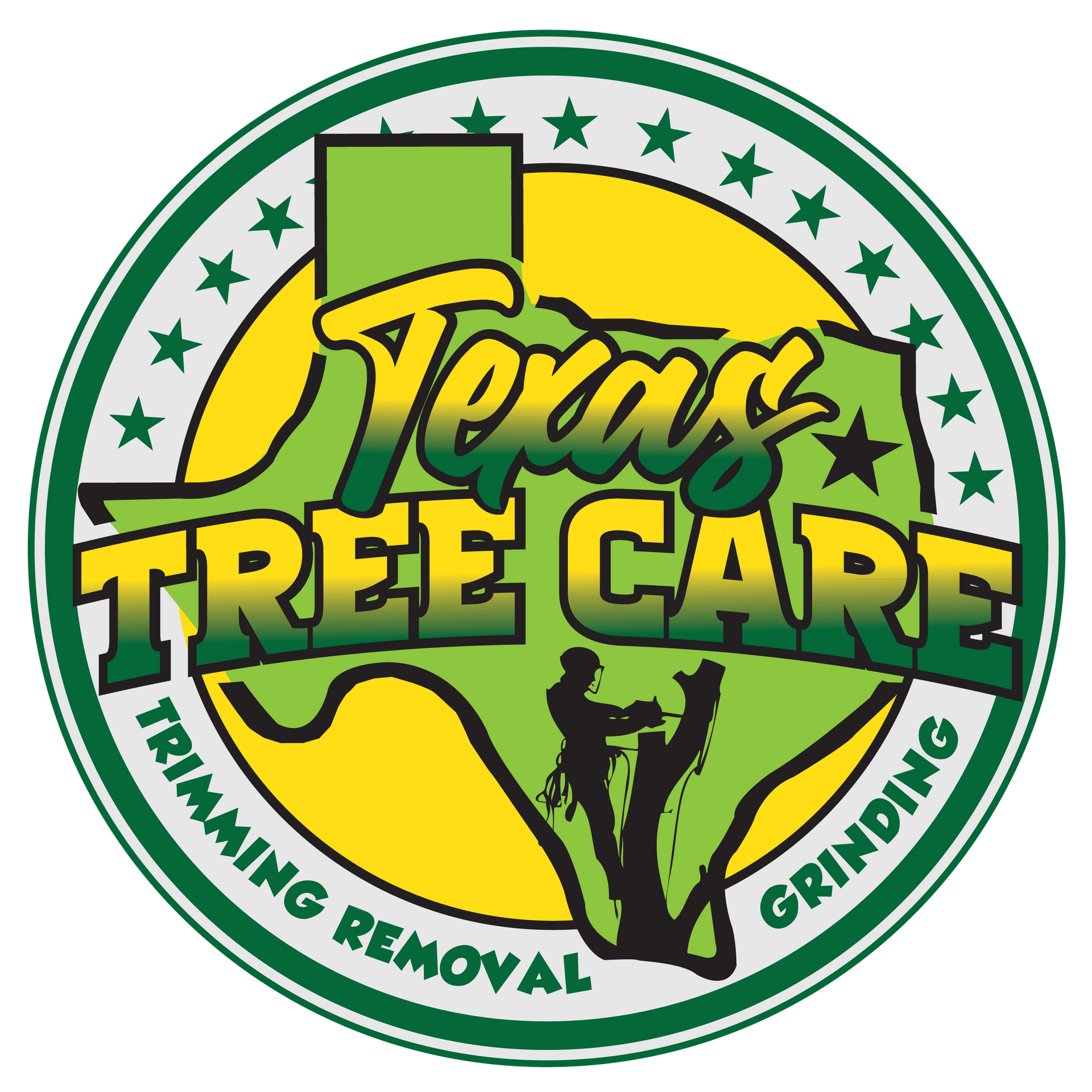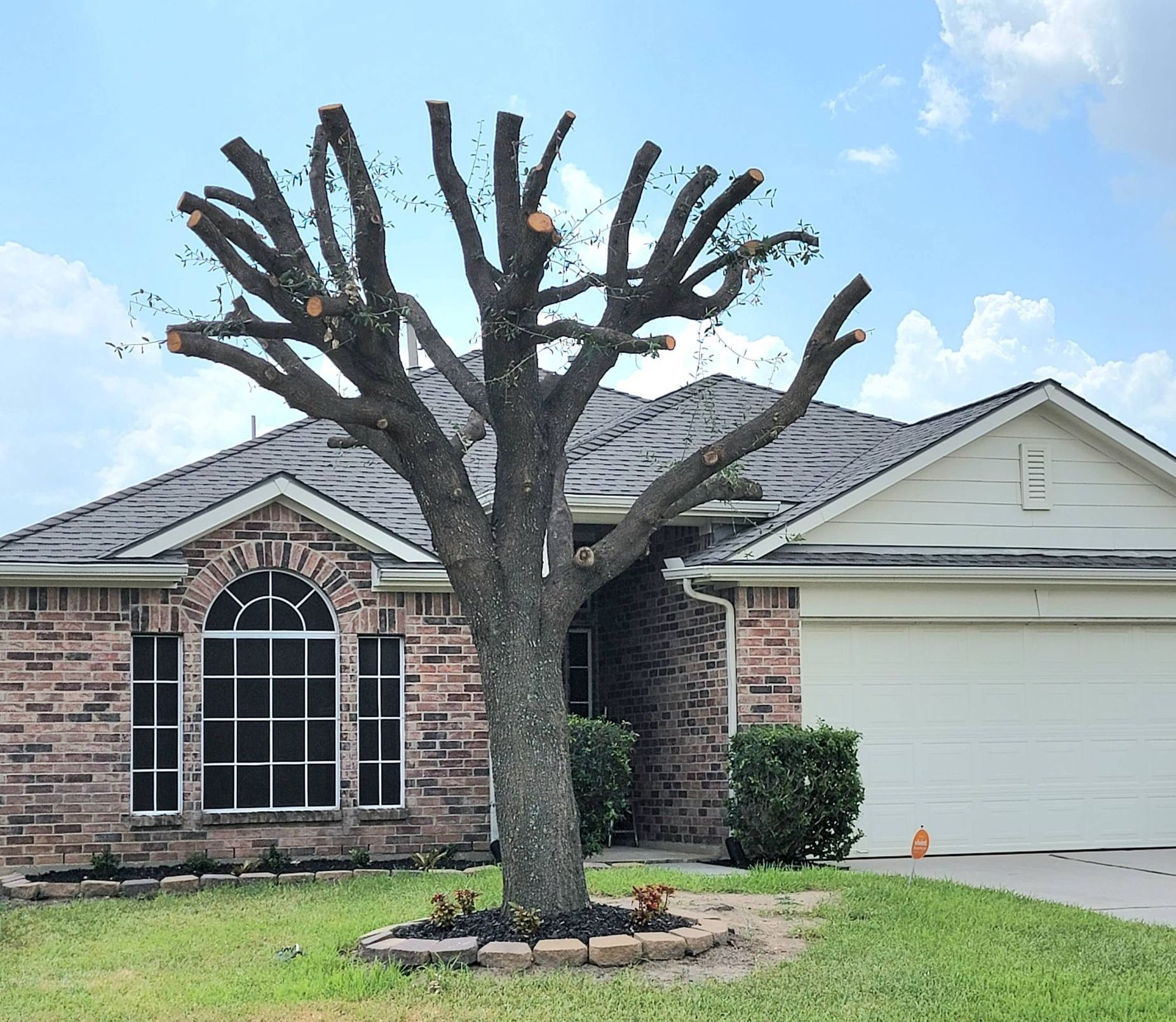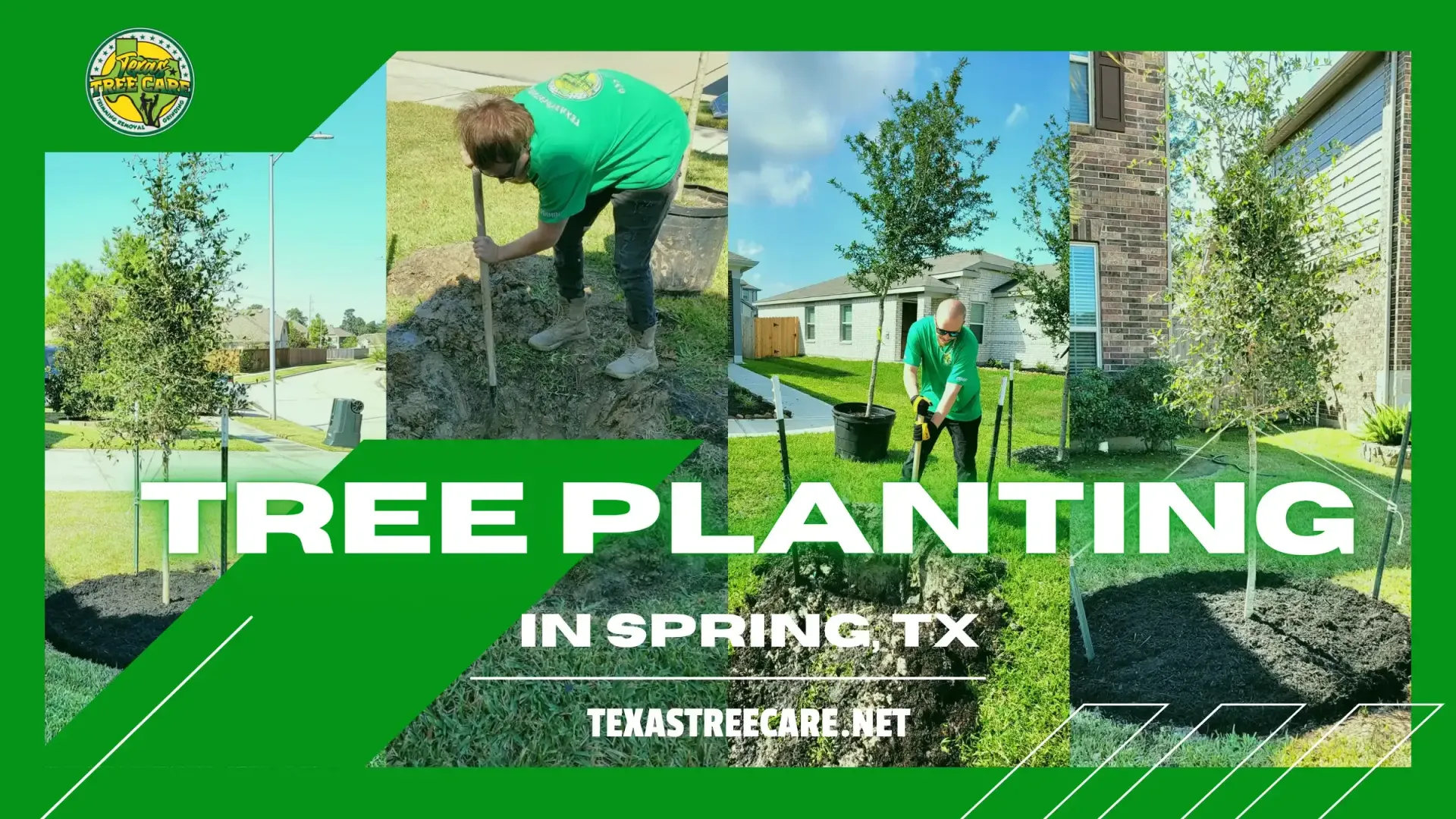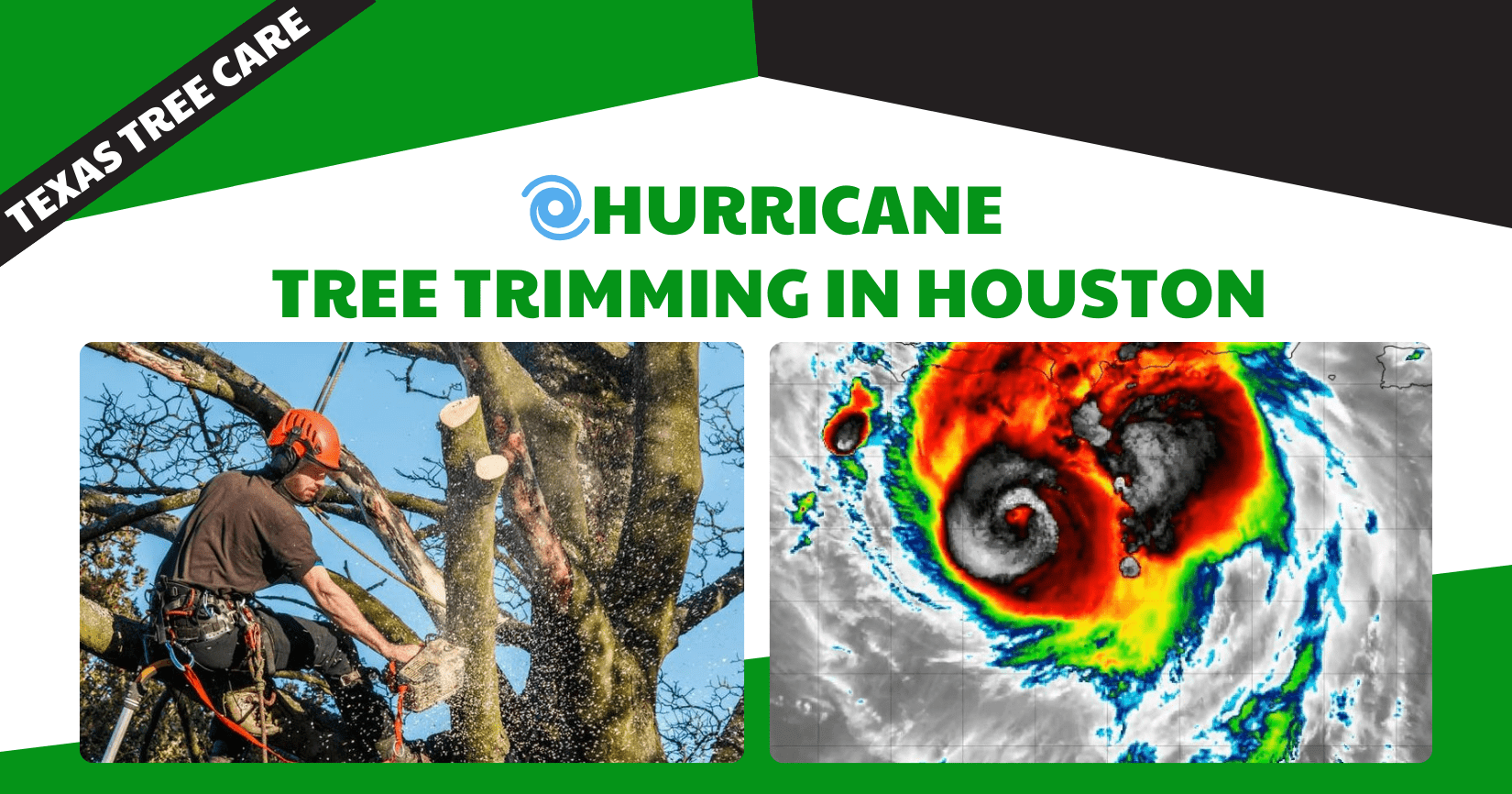Tree Topping: Understanding The Pros And Cons
Tree Topping Controversy and Texas Tree Care's Approach
Introduction
When it comes to tree maintenance and care, there's a practice that has sparked heated debates within the arborist community and environmental enthusiasts alike: tree topping. Tree topping, once considered a common technique for shaping and controlling tree growth, has now emerged as a controversial topic due to its detrimental effects on trees' health and overall well being. As a responsible tree care provider in the Spring, TX area, Texas Tree Care aims to shed light on this issue and advocate for more sustainable and effective tree care practices.
Understanding Tree Topping
What is Tree Topping?
Tree topping, also known as "heading," "topping off," or "rounding over," involves the severe cutting back of a tree's main branches to stubs or lateral branches that are not large enough to assume the role of a dominant stem. This practice is often carried out to control a tree's size, reduce shading, or address safety concerns like interference with power lines.
The Controversy
While tree topping might seem like a quick fix, it's important to understand the negative consequences associated with this practice. Topping cuts remove a significant portion of a tree's foliage, disrupting its natural growth pattern and exposing it to potential hazards. This controversial practice has led to a division within the arborist community due to its severe impact on tree health and longevity.
The Downside of Tree Topping
Structural Integrity
One of the primary reasons tree topping is discouraged is its impact on a tree's structural integrity. Trees are adapted to develop a balanced canopy that helps distribute weight and wind resistance evenly. Topping disrupts this balance, leading to weakly attached branches that are more prone to breakage. The rapid growth of new, poorly attached shoots creates a structural hazard, putting both the tree and its surroundings at risk.
Health Decline
Topping stresses trees significantly, making them vulnerable to diseases, pests, and decay. The open wounds left by improper cuts become entry points for pathogens and insects. Additionally, the loss of leaves compromises the tree's ability to photosynthesize and produce energy, ultimately leading to a decline in overall health.
Regrowth Issues
After being topped, trees respond by rapidly sprouting new shoots, often referred to as "water sprouts." These shoots, however, are weakly attached and prone to breaking, making them a safety hazard. Moreover, the dense regrowth can create a crowded and unsightly appearance, negating any aesthetic benefits tree owners sought through topping.
Sustainable Alternatives
Proper Trimming & Pruning
Instead of resorting to tree topping, a more sustainable approach is proper trimming and pruning. Selective pruning, done by trained arborists, removes dead, diseased, or unwanted branches while maintaining the tree's natural form and structure. This method encourages healthy growth and minimizes stress.
Crown Reduction
For trees that need size reduction, crown reduction is a safer and more effective alternative to topping. This method involves strategically pruning branches to reduce the overall size of the tree's canopy while maintaining its structural integrity.
Texas Tree Care's Approach
Advocating for Healthy Trees
At Texas Tree Care in Spring, TX, we firmly believe in providing tree care that prioritizes the long term health and well being of trees. Our certified arborists emphasize sustainable practices that promote tree vitality, structural soundness, and visual appeal.
Educating Tree Owners
As part of our commitment to better tree care practices, we actively educate tree owners about the drawbacks of tree topping. We emphasize the importance of consulting with professionals who have the knowledge and expertise to assess a tree's specific needs and recommend appropriate care methods.
Final Thoughts
Tree topping, despite its historical prevalence, is a practice that's now widely recognized as harmful to trees and their surroundings. The controversy surrounding tree topping highlights the need for responsible tree care practices that prioritize tree health, structural integrity, and aesthetics. As an advocate for better tree care, Texas Tree Care encourages Spring, TX residents to choose sustainable alternatives that promote the long term health of their trees and the environment. Together, we can ensure a greener and healthier future for our urban landscapes.
Tree Topping FAQs
Why is tree topping considered bad?
Tree topping is widely regarded as bad for trees due to its negative impact on their health and structural integrity. Topping can lead to weakened branches, increased vulnerability to diseases and pests, and rapid, weak regrowth that poses safety hazards.
How much does tree topping cost?
The cost of tree topping can vary depending on factors such as tree size, location, and the extent of topping required. However, it's important to note that investing in proper pruning or alternative methods may yield better long-term results for your trees.
Can trees recover from topping?
Trees can sometimes recover from topping, but the process is often slow and can result in structurally weak regrowth. Instead of relying on recovery, it's better to avoid topping altogether and opt for proper pruning methods that support healthy growth and structural integrity.




